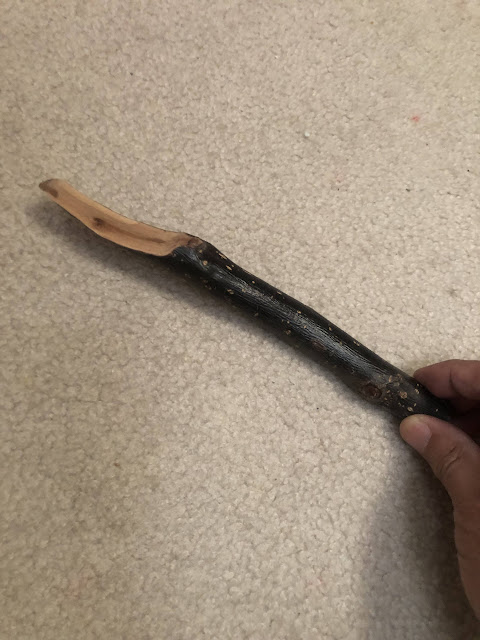I tried to do a painting each Lunar New Year using the Chinese zodiac animal as subjects. A member of my extended family suggested that I compose a family zodiac animals for her family. The work would be comprised of a Dragon, a Snake, A Rat, two Roosters ( a Rooster and a Hen) and an Ox. Six animals in all.
I thought about it and demurred. My reason being I didn't really know how to draw a dragon and I didn't know how to properly present a snake, especially one with a sense of character. A wiggly line would not be good enough for me. I didn't want to present them in a cartoonish fashion.
But that doesn't mean that my brain wasn't churning. I've been running the images in the back of my head, mining for ideas. More like mining for Bitcoins. Before long, it would be the Year of the Dragon. I should be done biding my time.
Then I serendipitously came across a doctrine, or a philosophy from I Ching. It is said that Tai Chi produces 2 Instruments, and 2 Instruments produce 4 Images. In Chinese 易 有太極、是生兩儀 兩儀生四象. We associate Tai Chi as the very beginning, where the 2 Instruments (opposites or complementary parts; depending on your interpretation. Ying and Yang, Positive and Negative) are situated. Out of this Tai Chi, comes forth 2 Instruments, and then 4 Images. So that is 6 entities, exactly the number I need to compose my family Zodiac animals. I mean, it all makes sense now, out of the union of a married couple, descendants and their descendants are born. How zodiac and cosmic is that!
The couple in my painting would be a Dragon and a Snake. So they will represent the 2 Instruments in Tai Chi.
The only dragons that I know of are from comic books and movies. Then I recall that China has the famous Nine-Dragon Wall which I was fortunate enough to have visited. So I am going to borrow one of the dragons to be included in my painting. To think that I was born and raised in Kowloon (Hong Kong), which literally means Nine Dragons, this has come full circle. T.S. Eliot said "Immature poets imitate; mature poets steal." I've also heard that lesser artists borrow, great artists steal, or something like that. You get the gist.
Now that we have settled the legitimacy of my Dragon, I am going to do something novel for the snake.
I am going to fashion my snake out of a gift wrap tie, something like a piece of pipe cleaner, something that I can smoothly bend. My intention is to make the snake to appear like our last time "Loh" in cursive. After all, this is about the Loh family. I set up a mock painting design and place my snake in it to see if my scheme would work.
I am going to be painting on the gold color silk that I've recently acquired. I trust the "silk" adds a certain auspicious quality and authenticity to my "Zodiac" painting, and the gold color is the color for my snake. That means I won't be needing to color the snake?
I begin by sketching out lightly with pencil on the silk, the shape of the circle and the complementary parts of the black and white along with my snake.
I come to find out that coloring the snake would be easier than painting the markings of the snake.
I am trying to let the markings on the snake's skin to give reference to the different aspects of the body, whether it is ventral or dorsal or lateral. I know this is subtle and one might not even notice it if this wasn't brought up, but the pedantic me feels better if I pay attention to these details. I mean this looks a lot more natural than if all the markings are on the top side of the skin, not animating the twisting and turning of the snake.
I guess the real challenge is if the person to whom this painting is for, can elucidate the word "Loh" from the coiling of the snake. I am giddy now, because I have planted a secret in my painting.
The Dragon is going to sit on the black part of the Tai Chi thus I am using white color to sketch out its shape.
















